Trekking along a living river
by Vineith Mahadev
There are very few living rivers in the world today. Our need and greed have choked most natural systems and are continuing to do so as we speak. What certifies a ‘living’ water system is the species of life that depend on it, their abundance and their ability to interact with one another churning the elements that make the river. These include the soil, water, rocks, air and the geography that terraces the flow. The species themselves living and decaying to repay their loans of existence back into these ecosystems thus creating the Cycle of Life.
If a landscape has more such rivers, which interact in their ebb and flow, it supports a healthy Biosphere.
Satpura has at least 5 living rivers, then there are some of the rivers that are seasonal and dry up during a dry spell as a part of their existence. Although we have manicured some of these
water systems for a species-centric conservation model, Satpura still has some of the oldest living water systems in the country. River Sonbhadra is one of them. I recently surveyed this River for our annual Bird Survey that Forsyth Lodge conducts in collaboration with the Forest Department, Bird Count India and eBird. My partner in the survey, Kabir, traveled from Himachal to participate, he and I were thrilled to walk this 22 KM stretch of Sonbhadra that cuts through the Tiger Reserve on the North-South axis.
Beyond the safari viewpoint of Lagdha, beyond the Brown Fish Owl perch, where the sunlight hits its sharpest around 11 am and bakes the sandstone mountains until 4 pm, we found some of the most exciting bird species rarely seen at the tourist spots. The Black-crested Bulbuls were calling from the treetops. At first, we heard their beautiful fluty song, but spotting them was another thrilling challenge for us; on high and steep sandstone walls, amidst the luster of mango leaves, their yellow against the much higher sun-kissed crimson mountain backdrop was impossible to locate, especially when their calls echo in the valley. But once you spot them, it is hard to lose sight of the teetering crest.
Brown-cheeked Fulvetta is another of my favorite calls among birds. The popular crossword clue to their call is ‘Daddy give me toffee’. The thrill of listening to these calls in the Sonbhadra valley is dialed up with the calls of Malabar Whistling Thrush, Scimitar Babbler, Blue-bearded Bee-eater and Puff-throated babbler singing until mid-day in the shadows of steep scarps on which Indian Vultures were nesting. The valley was filled with the fluty and metallic calls with the background music of the trickle of water that seeped through the fractured rocks. The sound of the dripping water into pools was adding to the percussion as the Ficus and Manilkara tree roots gripped the rock crevices, the trickling mountain water distributed and dripped from their overhanging roots into clear pools from about 70-80 feet. This was where the elusive Scimitar babblers were playing I-spies as they courted each other.
Ramdas is a Forest Watcher who has been regularly walking this stretch up to the narrowest pinch in the valley called Ramsahi, beyond which he does not have jurisdiction. He led us through the walk wading in the shallows of Sonbhadra and occasionally clambering up the rocks to find passages. Ramdas had been spotting fishes; Mahaseer, one of the deep feeders, a wild fish that certifies a true living river as it depends on rapids that oxygenate the water, nutrients that feed its prey & algae and also to what degree invasive fishes exist in that river. Another certification comes from a highly territorial damselfly, the River Heliodor. There were Otter tracks throughout the stretch, a sign of their Holts nearby, among recent and old Tiger tracks but interestingly no hoof tracks. There were some Langur signatures where they regularly drank water from or crossed over but other than that not many mammalian tracks other than Ramdas’, whenever he was beating the river. When we found the first Tiger tracks, we avoided our marks but as we walked, we discovered more tracks, of cubs, of adults and certain confluences of streams in the valley, where the tiger had paused, imprinting the sand with their forelegs close to each other. We looked around to see what it might have stopped for. The acoustic consonance of birds, crickets and water trickle adding to the Tiger’s library of soundtracks, must have impacted the perception of its habitat. And this must have been nurturing for thousands of years and participating in the evolution of the feline.
The sand had started to bake and filled into our toes as we arrived at Ramsahi. This is a half a kilometer stretch where Sobhadra pinches into a hundred feet wide canyon. The mountainsides are steep, the fissures on the rock created by the flow are very little, just enough for our toes to wedge in and anchor onto another one somewhere to heave ourselves. But somehow, the heat of March, the hot holds of the rocks, the deep drop into the water, and the height of the mountain wall didn’t matter much for Kabir and me. We went through Ramsahi and beyond, a point where very rarely has a human set foot in decades.
An occasional Racket-tailed Drongo called from the vegetation above the hills, otherwise, there was a din after 2 pm. Even Sonbhadra was so deep here that we seldom heard its gurgle. A Black-naped Monarch was upset that noon about something. We investigated what it was alarming for at midday, and learned that it was a Brown Fish Owl perched high up on a Manilkara root looking at another large owl inside the dense crown of the Mango tree. There were faint calls from that owl as though protesting the Monarch’s mobbing with croaks and short hisses. The mango leaves had dressed it so well that I could hardly make out what owl it was. But the missing jigsaw had an overall grey color, and somewhat large ear tufts leading to a Dusky-eagle Owl.
After Ramsahi, most of the river stretches are like a canal, tables of sandstone running parallel and Sonbhadra so deep and narrow that we rarely touched it. Then there came another steep descent, and as we clambered down to the river, the sand was a frying pan. Two more KMs and we paced out of this stretch making it out of the riverbed into the teak forest. We walked another 7 KMs to reach an old Forest rest house which was the endpoint for our survey.
That night at Dhain rest house was spectacular. The silhouette of trees along distant ridges buzzed of katydids, with calls of Oriental scops owl and the Brown Boobook’s relentless hoots resounding in the starry night sky. We heard a Sambhar braying in distress nearby while a Chital stag played some romantic chords for a rut. And like children, sleep spell upon us in the comfort of our sleeping bags.
About 80 participants surveyed in different parts of Satpura between the 2nd and 4th of March, most of these participants have been surveying this region since we started conducting the surveys in 2018. They have been coming again and again from different parts of the country attracted by the charm of Satpura. Team eBird India has been hand-holding us in preparing a methodology for the survey, scientifically analyzing data, choosing distinct habitats and using the eBird citizen-science app itself as our platform to login our tracks and sightings.
We started surveying with the Field director of Satpura’s Tiger reserve, Mr. L Krishnamurthy. He and his department’s staff support is impressive and constantly improving year after year giving us the best experience to learn about birds and their habitats.
Undoubtedly, Satpura landscape is a spectacular one in Central India, the rivers that run like blood vessels host an abundance of life and their interactions, the energy of these living Rivers is exhilarating, a stimuli that spurs such positivity making you feel like a child with excitement.. Like Norman Maclean, in his book, quotes on another living river, ‘Eventually, all things merge into one and a river runs through it. Satpura is such a magical landscape where life and the inanimate merge as though it is living poetry.

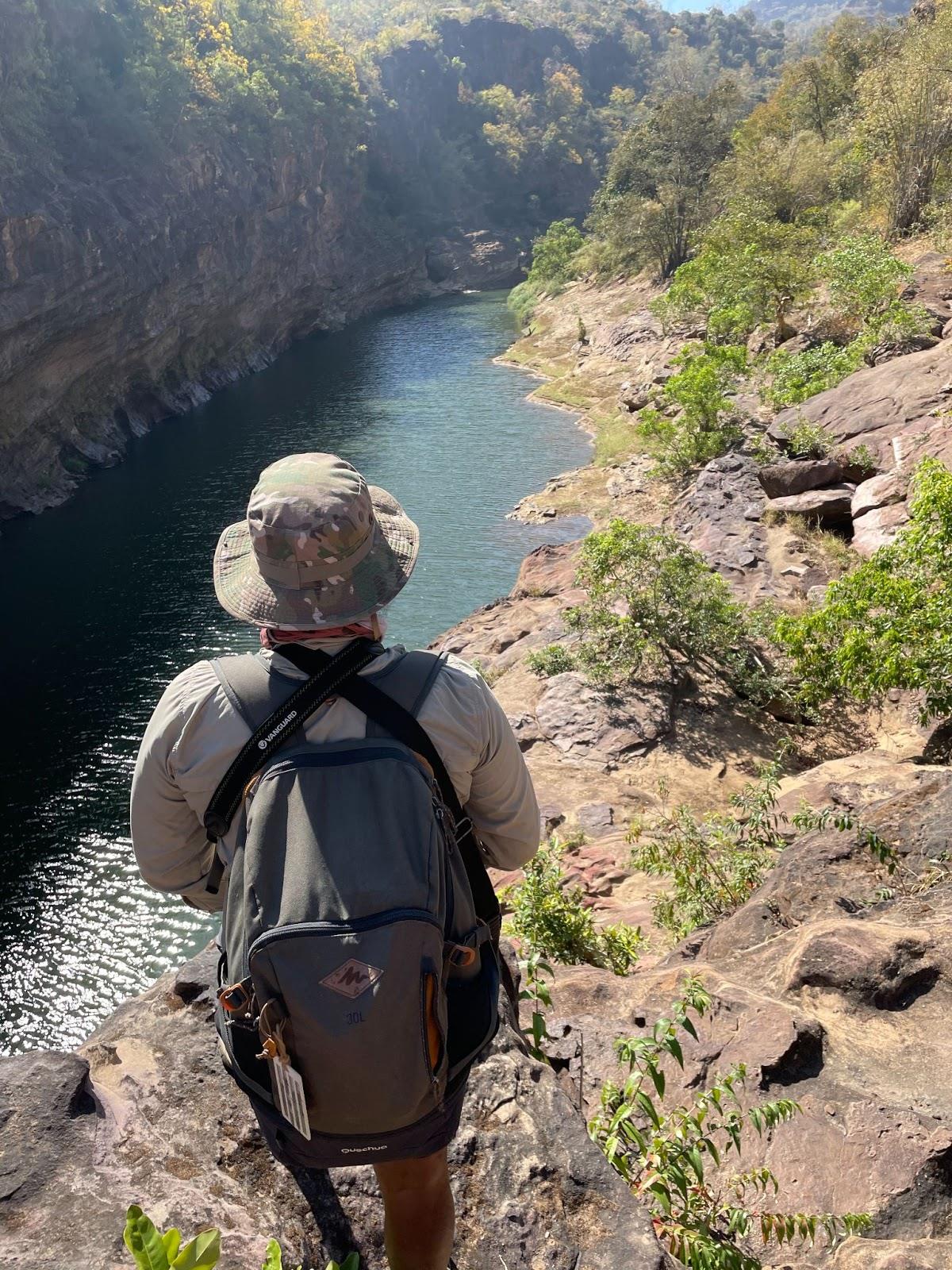
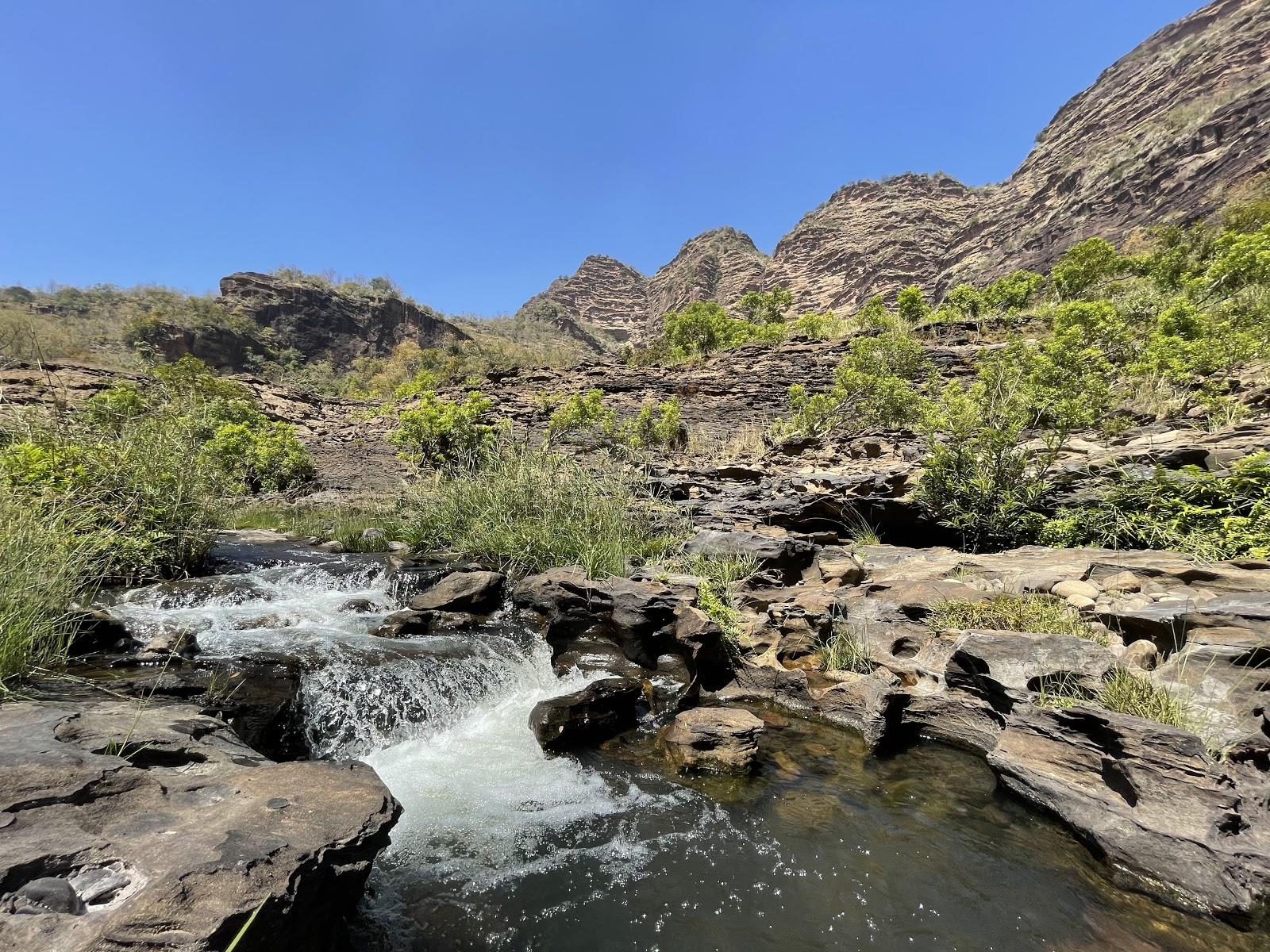
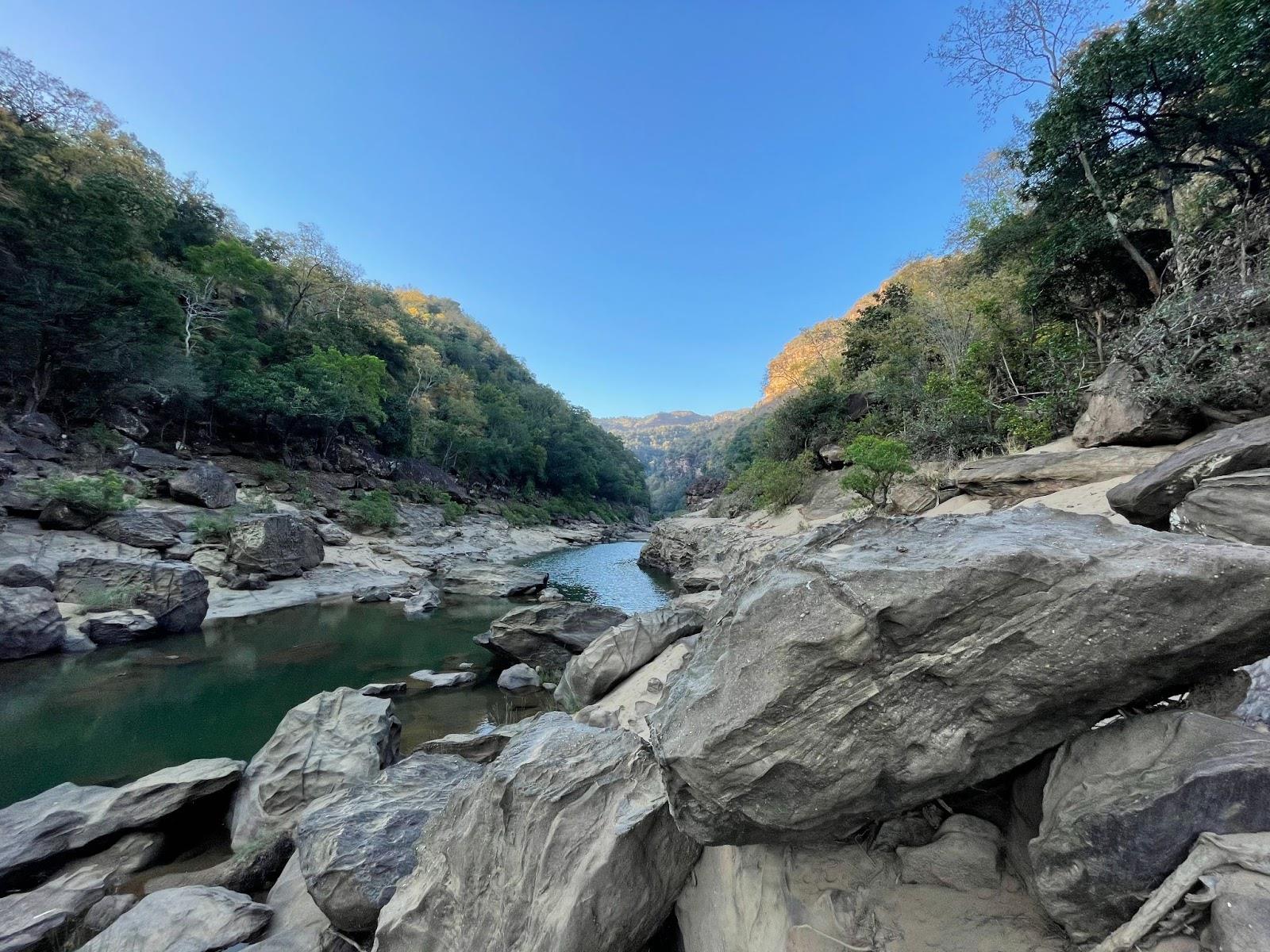
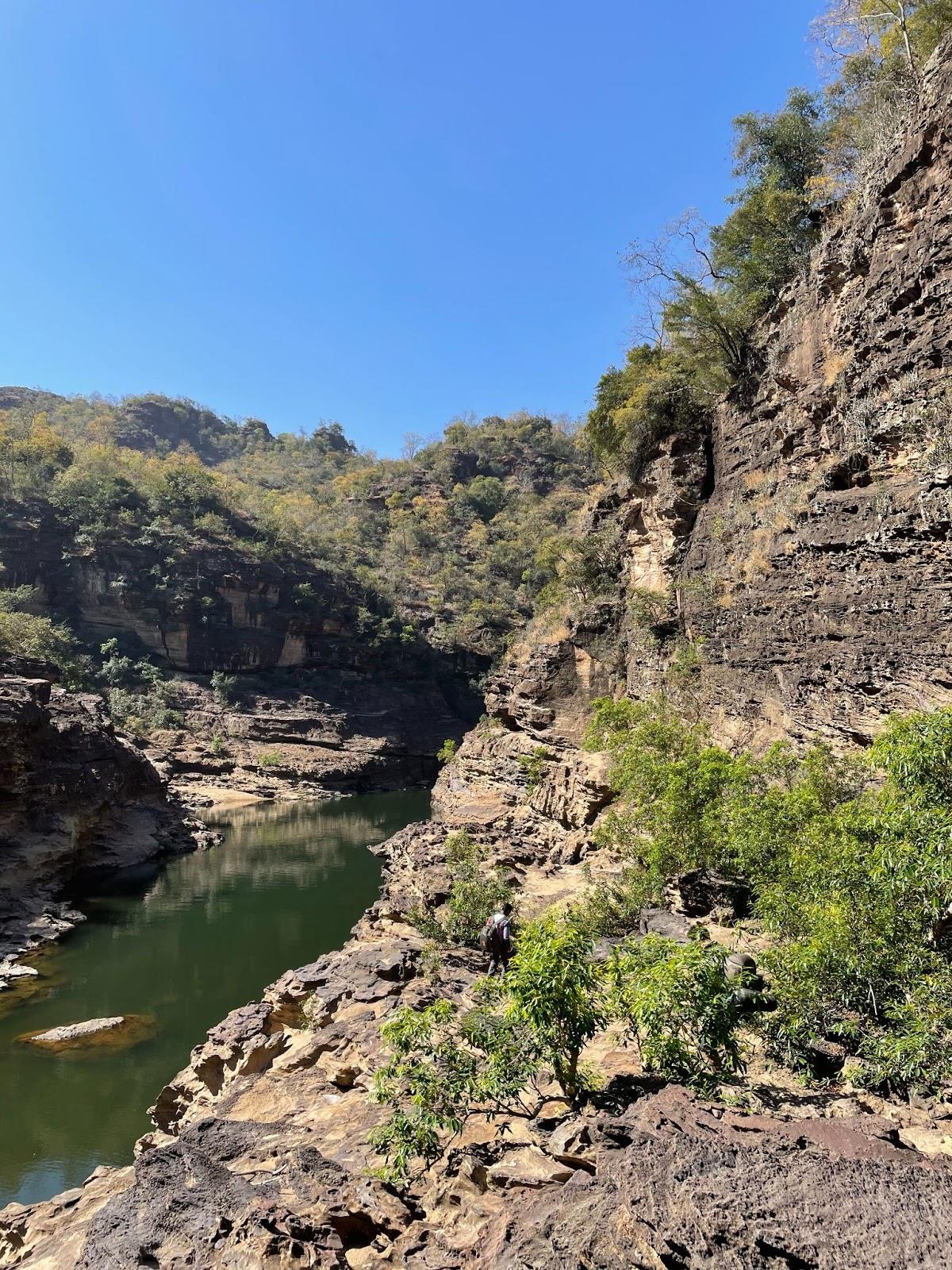
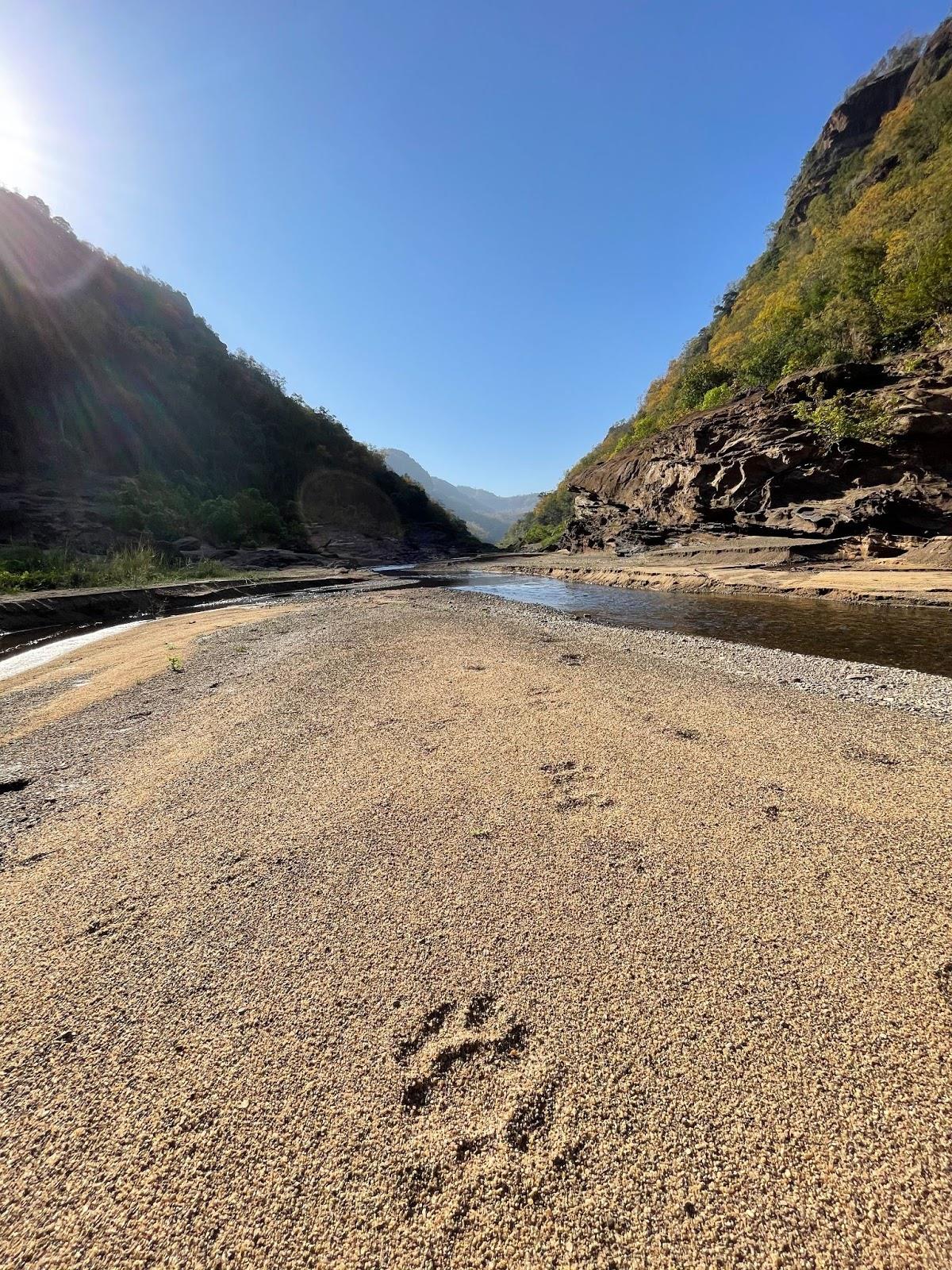

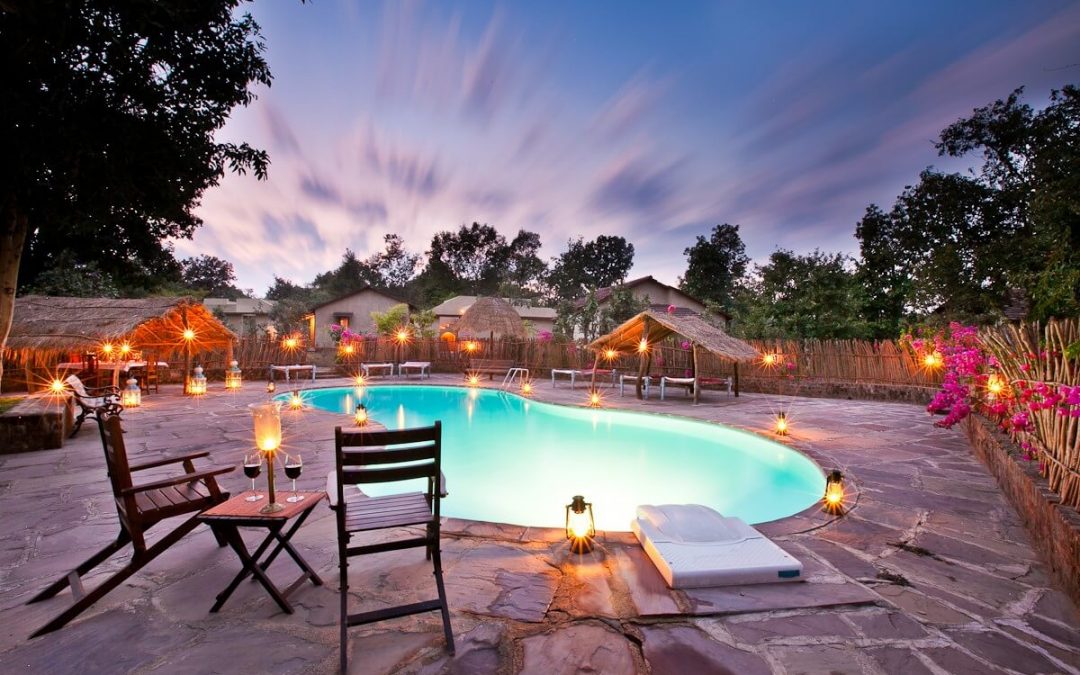
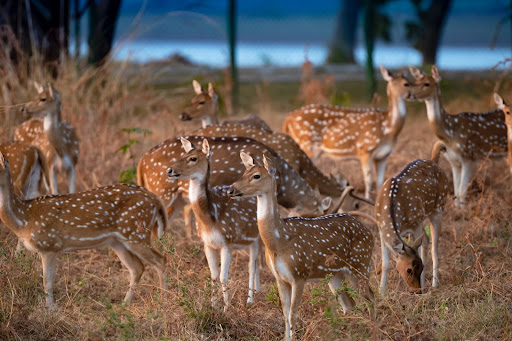
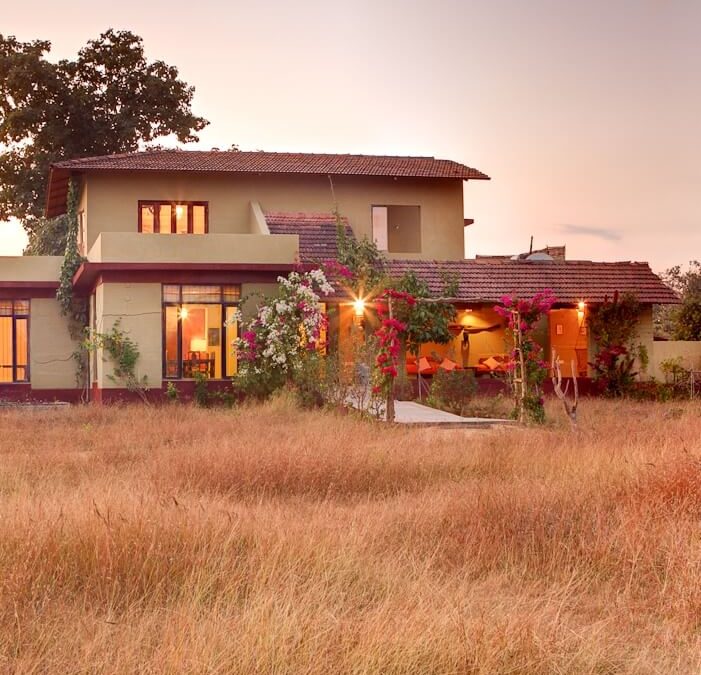
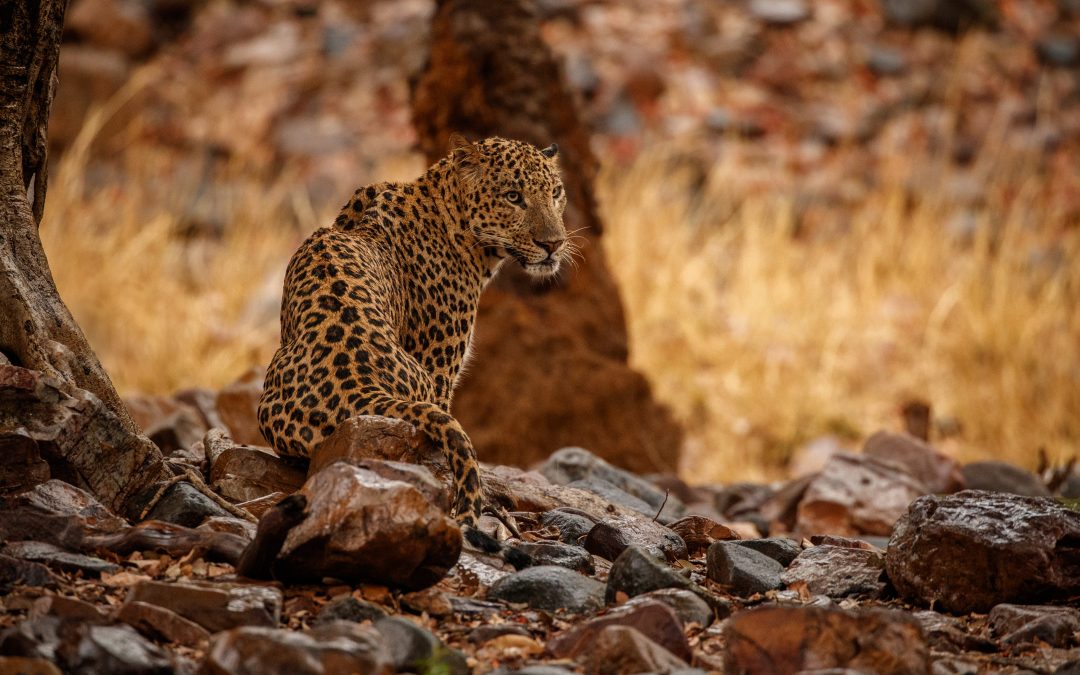
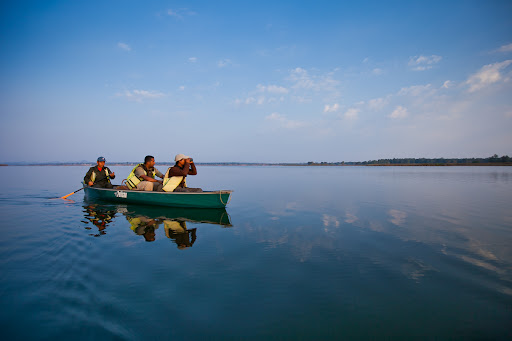
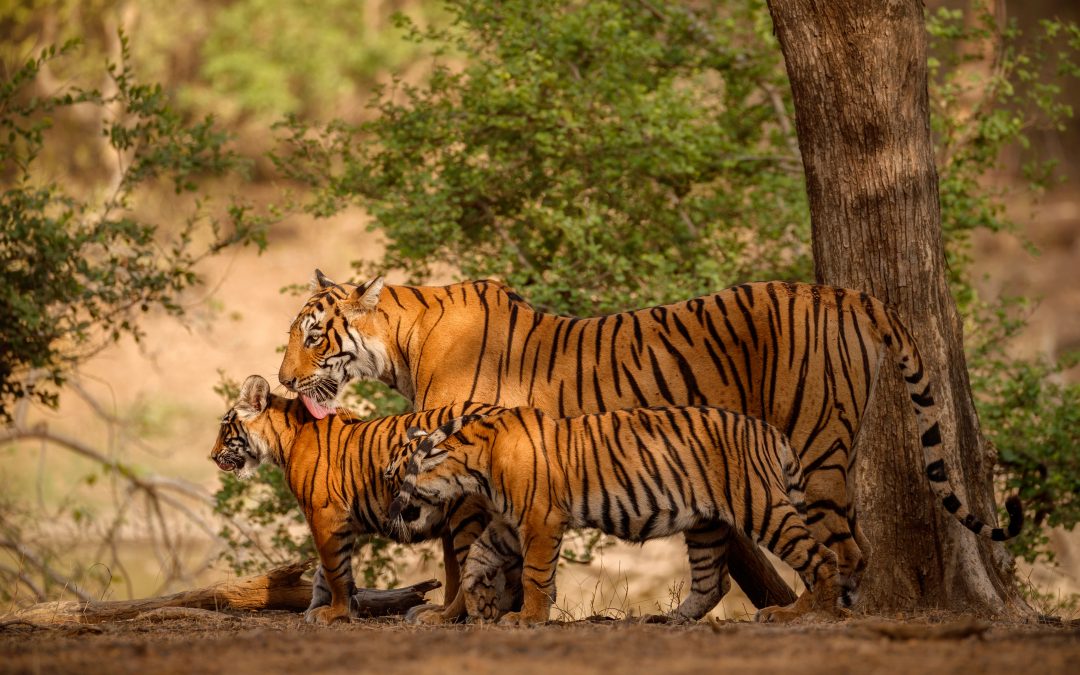
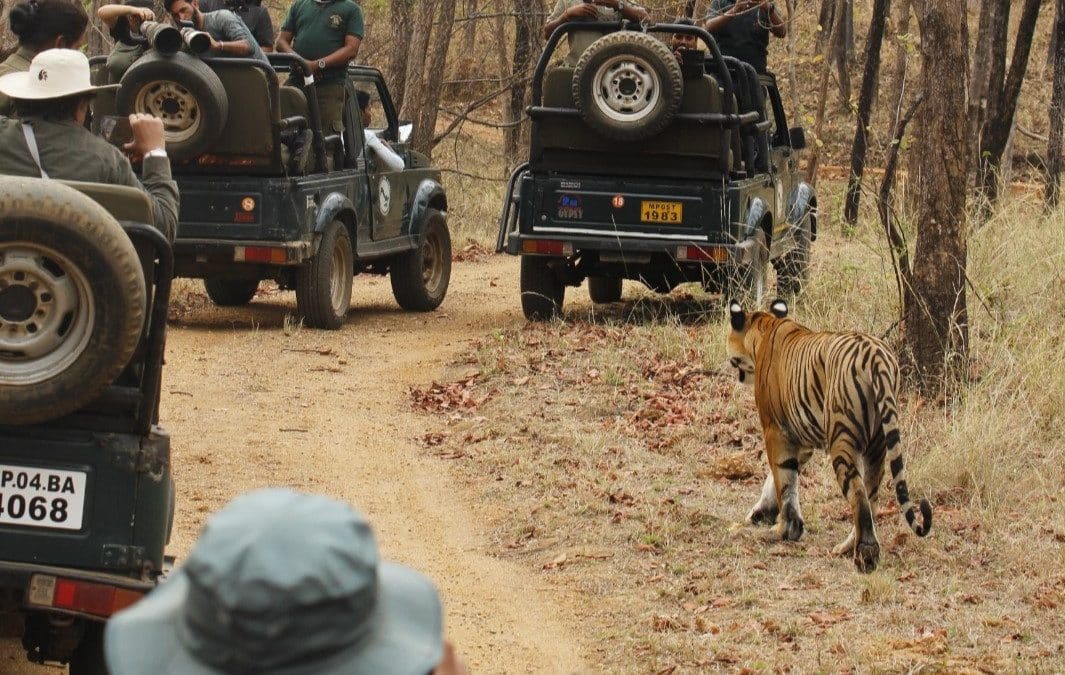
Recent Comments